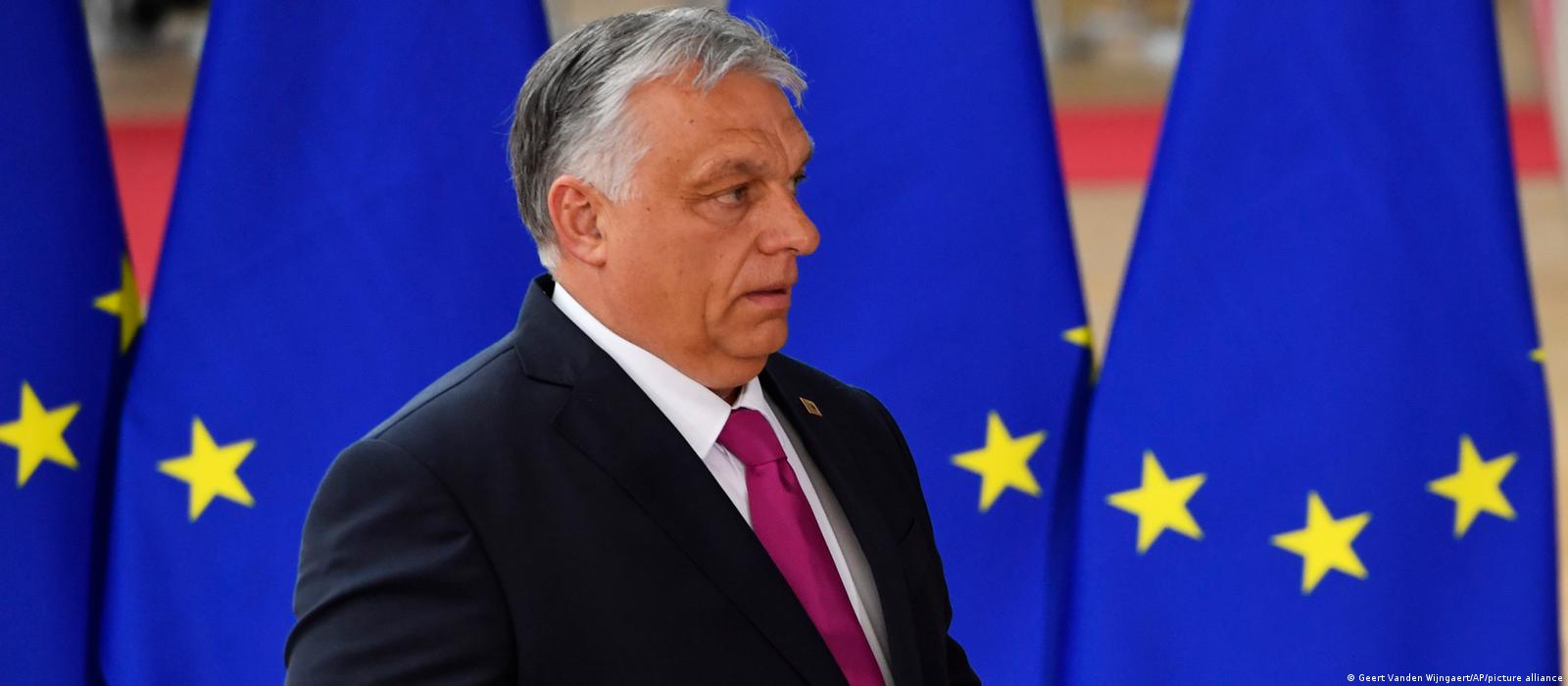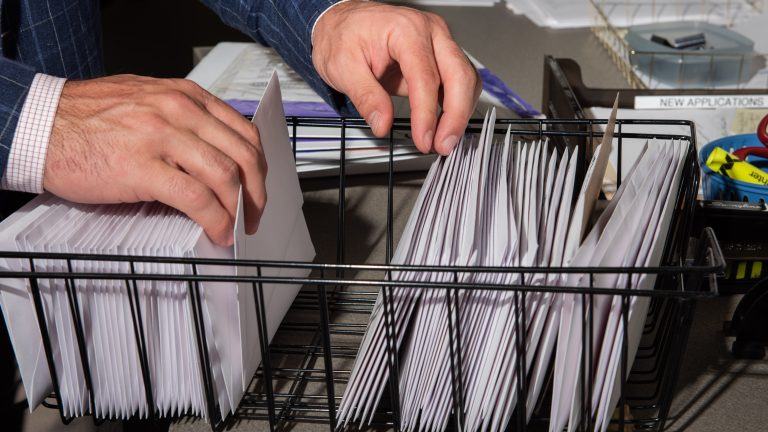Māui dolphin and the New Zealand sea lion are on a countdown to extinction – so why do politicians drag their feet?
The list of victories in marine conservationists’ never-ending struggle to halt the degradation of oceans is very short.
And so the decision of a United States court to place a temporary ban on New Zealand seafood exports from Māui dolphins’ habitat was greeted with first astonishment – taking even litigants Sea Shepherd by surprise – and then celebration.
But the courtroom win was not just a much-needed morale boost: it may be an important milestone in the battle to save other threatened native marine species.
“It is such a big deal,” says Liz Slooten, of Otago University’s zoology department. “This is probably the biggest thing that’s happened for Māui and Hector's dolphin conservation in decades.”
READ MORE:
* Only 54 Māui dolphins remain, leaked Department of Conservation report shows
* How New Zealand's 63 Māui dolphins hold the key to a $263m export market
“To my knowledge, this is the first time that a major trading partner said to New Zealand: we're happy to buy your products, but only if your environmental standard’s the same as ours. And won't be the last time.”
Ever since we have known about them, Māui dolphins have been in peril.

IAIN MCGREGOR/STUFF
Māui dolphins, swimming between Port Waikato and the entrance to the Manukau harbour.
In 2002, the North Island Hector's dolphin was re-classified as a separate subspecies. Giving them their new official name: Cephalrynchus hectori maui, then-conservation minister Chris Carter warned there were perhaps only 100-150 still alive “making them as rare as the kākāpō”.
Their discovery sparked a long, futile battle to stop the species teetering into extinction. And the nocturnal, flightless parrot has fared much better: an intensive recovery and breeding programme had already started to show results when Carter made the comparison.
Two decades later, the kākāpō population now sits at 252. Māui went the other way – the population has crashed to about 50, collateral damage in our insatiable drive for economic growth.
Commercial set nets (or gill nets) are deemed to be the main human activity that threatens their survival as they roam shallow coastal areas and forage in harbours and estuaries along the West Coast of the North Island. (There are other possible threats – pollution, littering and a parasite found in cat poo).
It’s a gruesome death for a winsome, gentle creature. When a dolphin swims into a fishing net, often invisible in murky waters, it becomes entangled. Its lungs are small, roughly the same size as humans’, and within minutes it begins to suffocate.
Desperate to avoid drowning, it thrashes and struggles, breaking teeth or fins. The nets cut into its flesh.

BRUCE MERCER/WAIKATO TIMES
Twenty years ago, comparisons were drawn between the plight of the kākāpō and Māui dolphin. But the parrot population now outstrips that of the tiny marine mammal.
Over the years, successive governments have implemented plans to protect Māui, now recognised as the world’s rarest dolphin. Many marine conservationists agree these measures – mainly restrictions on commercial fishing – are half-hearted.
Deeply frustrated, Sea Shepherd began looking for other avenues. Direct action – the campaigns they are famous for – wasn’t an option in domestic waters, where authorities could arrest protesters and impound vessels.
Onshore, efforts were thwarted at every turn by a well-connected and politically savvy fishing industry, and a complex debate about a property right in fisheries for Māori, which is entrenched in law.
“It's very, very hard to get any more protection for marine life in New Zealand,” says Michael Lawry, managing director of Sea Shepherd New Zealand. So campaigners looked overseas, learning of legal action taken by conservation groups against the Trump administration.
In 2018, activists secured a ban in the US courts on seafood imports from Mexico caught with gill nets that were wiping out the critically endangered vaquita porpoise. With just 15 left, almost half the population drowned each year.
Inspired, Sea Shepherd took on the might of the US Government, with a lawsuit against the Department of Commerce, Department of Homeland Security, NOAA Fisheries, and the Treasury Department. Jacinda Ardern’s Government joined the US defendants in fighting the case.
The marine conservationists petitioned the US Court of International Trade, adopting a similar argument: that New Zealand is not applying protections equal to those in place in US waters for critically endangered marine mammals.
They got lucky: the New York-based judge assigned to the case, Gary Katzmann, also oversaw the vaquita porpoise proceedings. Three years later, he granted a preliminary order immediately banning the import of snapper, tarakihi, spotted dogfish, trevally, warehou, hoki, barracouta, mullet, and gurnard caught in the dolphin habitat. In a ruling totalling more than 70 pages, he said the case is “likely to succeed”. It could take months to come back before the court. The ban could cost up to $2m a year in exports.
Lawry says the decision sends a strong signal that stronger regulatory control is needed. But the $4bn industry was quick to dismiss the ruling as procedural.

STUFF
With only 10-15 vaquita porpoise left, there’s a sad probability they’ll disappear in our lifetime.
Jeremy Helson, chief executive of Seafood New Zealand, said: “Any assertion that this ruling in any way is a criticism of the Ministry for Primary Industries risk management decisions around Māui dolphins is not reflected in the court documents. The court has yet to issue its ruling on the substantive issues of the case.”
Teall Crossen, an environmental barrister, doesn’t agree. She says the judge’s opinion was engaged on the substance of the case.
That comes down to how the two countries deal with the human-caused deaths of marine mammals.
The US has a zero mortality goal – and imposes strict requirements if the number of those deaths start to have an impact on the sustainability of a population.

BRADEN FASTIER/NELSON MAIL
McDonald’s in the US buys a lot of hoki, the main ingredient of its fish sandwich.
In New Zealand, any action is at ministerial discretion. The Government also chooses to use the Fisheries Act to make decisions about restrictions – not the stronger Marine Mammals Protection Act.
“Basically, the US law says you have to do something ... in New Zealand, it’s quite extraordinary that there’s no legal requirement,” Crossen says.
“If you want to protect marine mammals you have the ability [under the Marine Mammals Protection Act] to prohibit activities, and you can only do that if it's reasonable. When you’ve got 50 or 60 dolphins left, that would be reasonable. Under the Fisheries Act that you have to balance it with the utilisation of the fisheries resources. It gives them an escape clause.”
Crossen says the case may do significant harm to New Zealand’s international reputation.
“It exposes that the Government is not doing everything it can to protect one of the world’s rarest marine animals. It does seem that the US law is stronger.”
Slooten, who has been studying Hector’s dolphins since 1984 and was an expert witness in the case, says other countries are starting to take notice of where their fish comes from.
It is likely the US will require a traceability programme – and if New Zealand cannot prove where fish are caught, that could cost upwards of $200m worth of exports.
The European Union – one of the world’s largest markets for seafood – already has strict rules about product tracking and in recent years has taken a firm line on countries it believes are failing to deal with illegal, unreported and unregulated fishing.
International environmental organisations are now putting pressure on the trading bloc to ensure that imported products are not contributing to the depletion of endangered species, such as sea turtles.
Slooten says the International Whaling Commission has already judged New Zealand’s measures inadequate, and has asked independent experts to review the model it is based on.
“To be blunt, the fishing industry don't seem to care very much for the dolphins, but they do care about dollars. Finally, someone has thought of an incentive that will get them to pull their finger out and solve this problem.”


But the industry disagrees that fishing is the problem – and says restrictions are working. Helson says vessel camera monitoring in the last two years “has seen no Māui or Hector’s dolphins at all, let alone any captures”.
Sanford chief executive Peter Reidie says his company – the country’s largest – withdrew from Māui habitat in 2016 “to avoid fishing where these beautiful creatures might be”. The company also supports a drone tracking programme.
He says remaining crews have changed their fishing methods.
“All this good work might be overshadowed by an attack via the courts by an organisation that has not been in touch with us as fishers to understand all the measures we have in place to keep all dolphins, but particularly Māui, safe from any risk presented by fishing.”

IAIN MCGREGOR/STUFF
Could court action in the US extend to other threatened species – such as the New Zealand sea lion?
Buoyed by the win, advocates are already eyeing the decision with a view to future action. Lawry says Sea Shepherd believes there is scope for a similar case involving the plight of the NZ sea lion, or rāpoka, the world’s rarest.
With only 12,000 left, the commercial squid trawl fishery overlaps with foraging territory of the sea lions which breed at the Auckland Islands, and has led to the accidental capture in fishing gear. In 2019, Sanford voluntarily pulled all of its fishing vessels after catching five in the first eight weeks of the season.
Leatherback turtles are also captured in the surface longline fishery off the east coast of the North Island, and activists are also hoping a door may open for New Zealand’s imperilled seabirds – four native penguin species are already on its endangered species list.
The Antipodean albatross, likely extinct within 2-3 decades is also a casualty of the huge US tuna market.














/cdn.vox-cdn.com/uploads/chorus_image/image/71739283/1243408219.0.jpg)
:no_upscale()/cdn.vox-cdn.com/uploads/chorus_asset/file/24279004/1245350281.jpg)